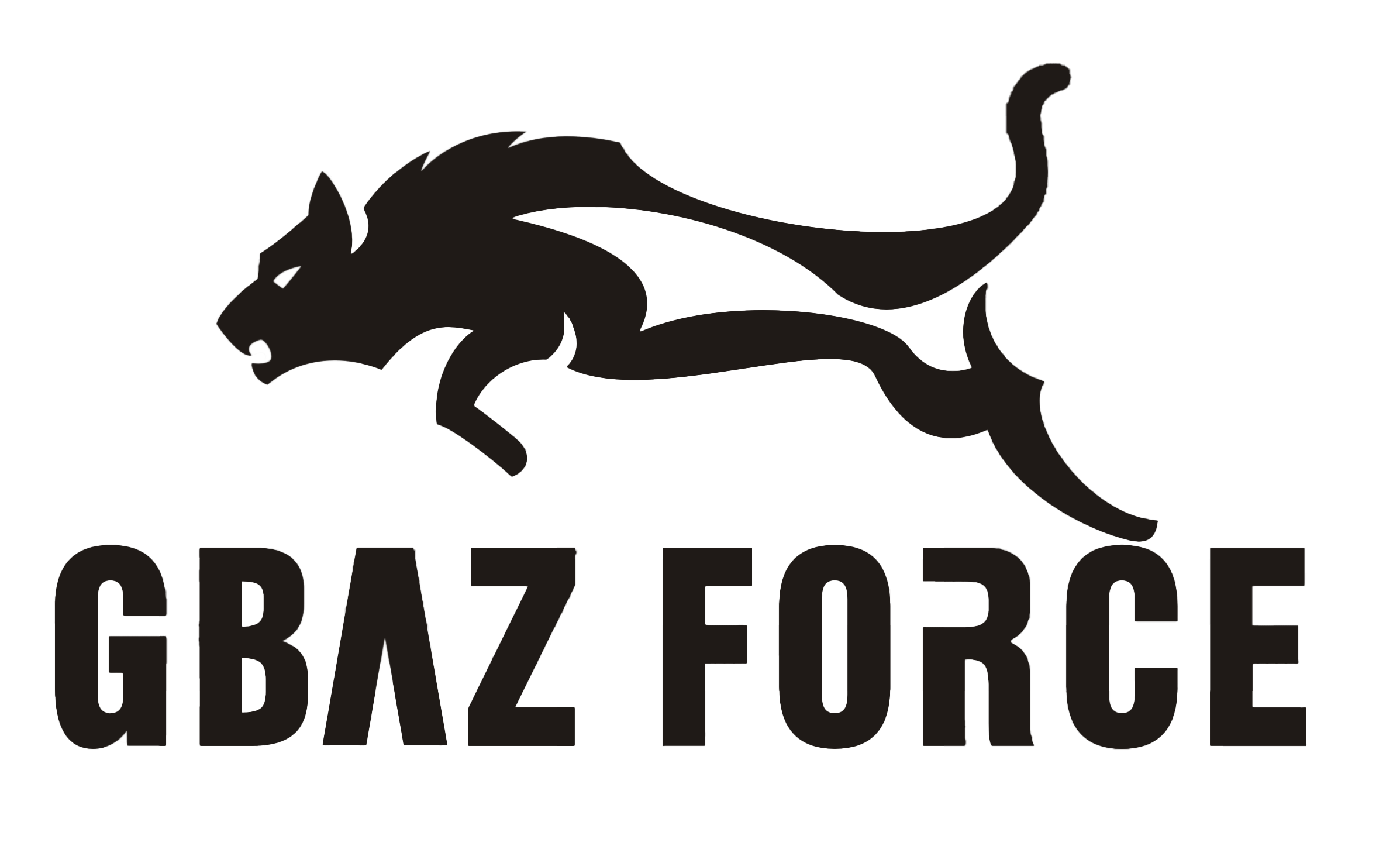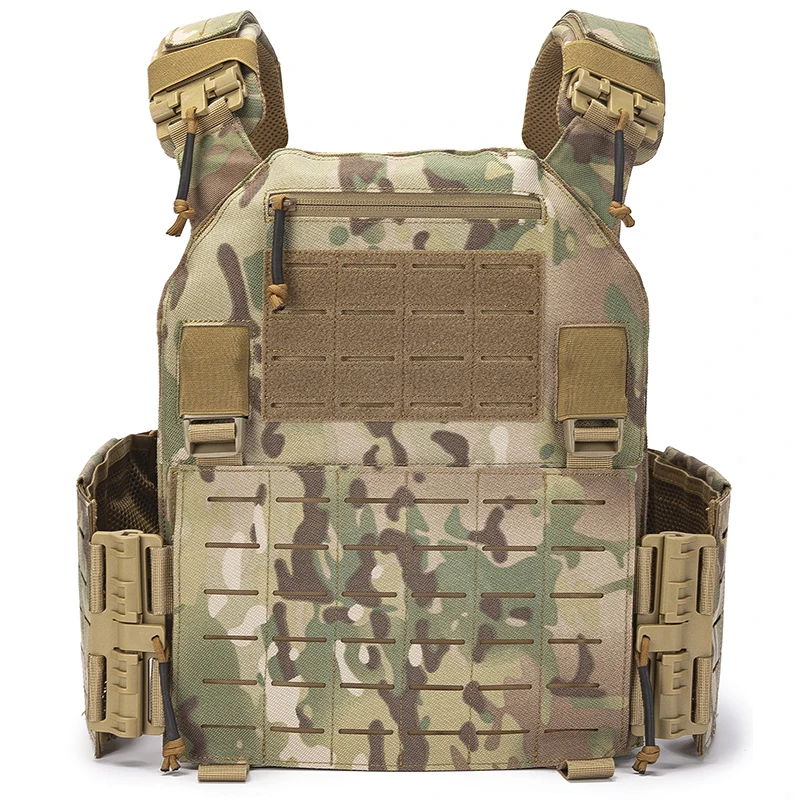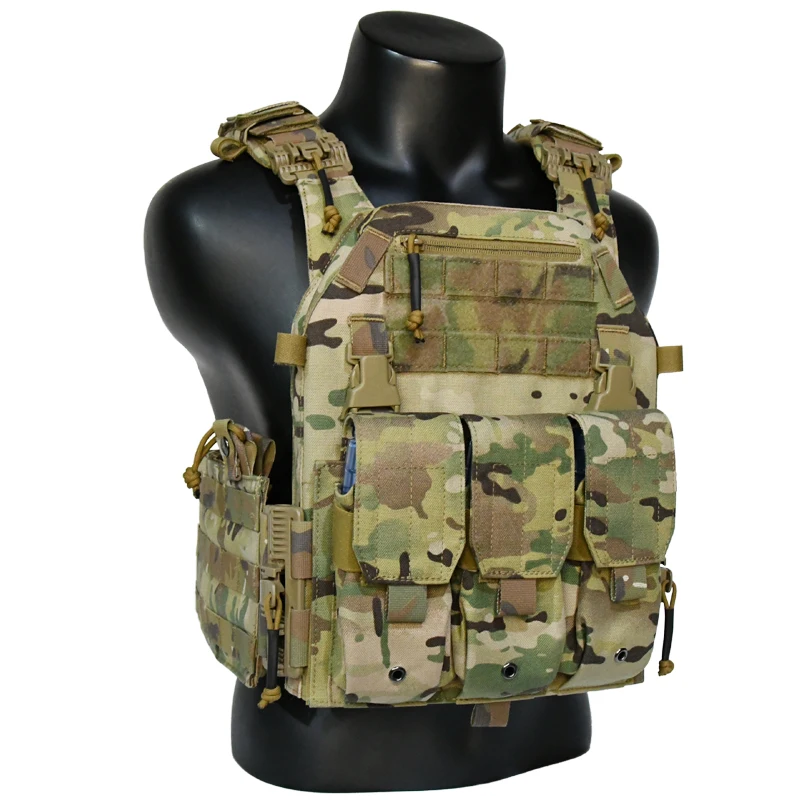Tactical Gear
PRODUCTS
Tactical Vest Features Explained
Material and Construction
The material of a tactical vest is paramount to its durability and functionality. Common materials include Cordura nylon, a highly abrasion-resistant fabric known for its tear strength and water resistance. This makes it ideal for demanding environments. However, other materials like polyester blends offer lighter weight options, while ballistic nylon provides enhanced protection against impact. The weave and density of the fabric also significantly influence the vest’s overall protection and longevity. A tightly woven, high-density fabric will offer superior protection against abrasion and tears compared to a looser weave.
Beyond the material itself, the construction methods play a crucial role. Reinforced stitching at high-stress points is essential to ensure the vest can withstand significant wear and tear. Double or triple stitching is common in high-quality vests, adding a significant margin of safety. The overall design of the vest, including the placement and type of seams, also contributes to its overall durability and comfort.
Modular Design and Attachment Systems
Modern tactical vests are rarely standalone pieces of equipment. They embrace modularity, allowing users to customize their setup based on specific mission requirements. This is achieved through various attachment systems, most commonly MOLLE (Modular Lightweight Load-carrying Equipment) webbing. MOLLE webbing is a grid-like system of loops and straps that allows pouches, radios, and other accessories to be easily attached and detached. The flexibility of MOLLE makes it incredibly versatile, allowing users to tailor their vest to carry exactly what they need for a given situation.
Other attachment systems exist, including those using hook-and-loop fasteners (Velcro) or proprietary systems. The choice of system depends on the manufacturer and the intended use of the vest. However, MOLLE remains the industry standard due to its robustness and widespread compatibility with a vast array of accessories.
Pockets and Compartments
The arrangement and size of pockets and compartments significantly impact a vest's functionality. Tactical vests are designed to carry a wide variety of equipment, from magazines and ammunition to radios, medical supplies, and tools. The number, size, and placement of pockets should be carefully considered based on the user's specific needs. Some vests feature specialized compartments designed for specific items, such as dedicated radio pouches or map pockets.
The accessibility of the pockets is equally important. Pockets that are difficult to reach while wearing the vest are essentially useless. Well-designed vests incorporate strategically placed pockets that are easily accessible without compromising the wearer’s mobility or safety.
Comfort and Fit
While functionality is key, a tactical vest should also be comfortable to wear, especially during prolonged use. Factors like the padding, adjustability, and overall weight of the vest directly affect comfort. Padding in key areas like the shoulders and back reduces discomfort and helps to distribute the weight of carried equipment more evenly. Adjustable straps allow the user to customize the fit, ensuring a secure and comfortable wearing experience.
The breathability of the material is also crucial. Vests made from non-breathable materials can lead to overheating and discomfort, especially in warmer climates. Many modern tactical vests incorporate breathable materials and ventilation systems to address this concern, allowing for better comfort and performance in challenging conditions.
Protection Features
While not all tactical vests provide ballistic protection, some are designed to offer various levels of impact resistance or even ballistic protection. These vests will incorporate specialized materials like Kevlar or other bullet-resistant materials to protect against projectiles. The level of protection offered varies depending on the vest's design and the specific materials used. This is a critical consideration for users who require a certain level of protection from threats.
Beyond ballistic protection, some tactical vests may include features for added protection against other hazards, such as abrasion-resistant panels or reinforced areas to protect against sharp objects. Understanding the specific protection offered by a vest is essential before making a purchase.
SUBSCRIBE
INQUIRY










